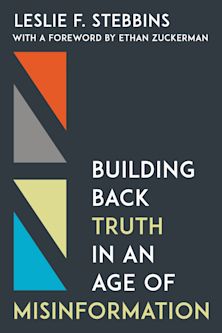- Home
- ACADEMIC
- Film & Media
- Journalism
- The Kidnapping of Journalists
The Kidnapping of Journalists
Reporting from High-Risk Conflict Zones
The Kidnapping of Journalists
Reporting from High-Risk Conflict Zones
You must sign in to add this item to your wishlist. Please sign in or create an account
Description
The vulnerability of journalists to kidnappings was starkly illustrated by the killing of James Foley and Steven Sotloff by Islamic militants in 2014. Their murder underscored the risks taken by journalists and news organisations trying to cover developments in dangerous regions of the world and has forced news enterprises to more clearly prepare for and confront issues of safety. This book explores the complex organisational issues surrounding the capture or kidnapping of journalists in areas of conflict and risk. It explores how journalists 'becoming news' is covered and the implications of that coverage, how news organisations prepare for and respond to such events, and how kidnapping and ransom insurers, victim recovery firms, journalists' families, and governments influence the actions of news enterprises. It considers how and why journalists are kidnapped, how employers and journalists' organisations respond to kidnappings and why freelancers are particularly at risk as well as suggesting best practices for preventing and responding to kidnappings.
Table of Contents
Chapter 2: Coverage of journalistic kidnappings
Chapter 3: Media organisational responses to kidnappings
Chapter 4: The influence of external pressures
Chapter 5: Implications for journalists and their employers
Product details
| Published | 22 Mar 2016 |
|---|---|
| Format | Ebook (PDF) |
| Edition | 1st |
| Extent | 112 |
| ISBN | 9781838609467 |
| Imprint | I.B. Tauris |
| Illustrations | 3 bw integrated |
| Series | RISJ Challenges |
| Publisher | Bloomsbury Publishing |
About the contributors

ONLINE RESOURCES
Bloomsbury Collections
This book is available on Bloomsbury Collections where your library has access.



































